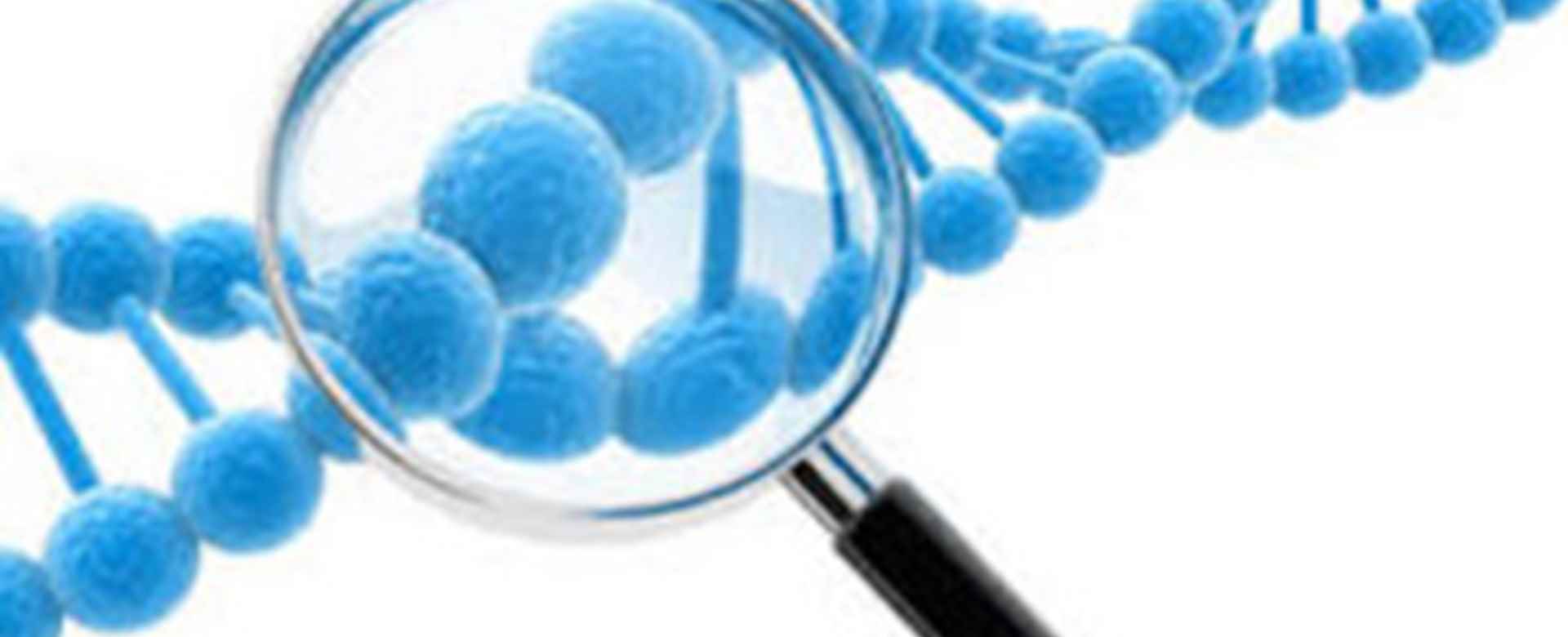We've become familiar, and even comfortable, with the concept of generic drugs. These medications are identical, or "bioequivalent," to a brand-name pharmaceutical.
According to the U.S. Food and Drug Administration, generics must be chemically identical to and match the branded drug in dosage form, safety, strength, route of administration, quality, performance characteristics and intended use. Once a drug patent expires (generally after 20 years), copying a branded drug is possible and relatively straightforward because they are made of pure chemical substances that can be identified and synthesized.
The big benefit to bioequivalent medications is substantial cost savings: Generic drugs save an estimated $8 to $10 billion annually for consumers who purchase medications at retail pharmacies. Even more health care dollars are saved when hospitals use generics.
Biological Products
In many ways (but not all), "biosimilars" are to biopharmaceuticals what generics are to branded drugs. Biopharmaceuticals are complex biological products manufactured or extracted from living sources (human, animal, yeast or microorganism). These high-cost treatments include vaccines, blood or blood components, gene therapies, and living tissues and cells used in treatment.
Biological products are at the cutting edge of health care research and development for serious conditions such as rheumatoid arthritis, anemia, low white blood cell counts, inflammatory bowel disease, psoriasis and various forms of cancer.
Biosimilars are products that are FDA-approved because they are highly similar to an existing FDA-approved biological product (called the reference product) and have shown no clinical differences from the reference product. They work and are administered in the same way as the reference product and can be prescribed by a health care provider in its place. Biosimilars are not considered "bioequivalent" to their reference product in the way generic drugs are to brand-name drugs. However, biosimilars are created from living organisms and, therefore, have allowable differences.
Biosimilars must be specifically prescribed by a health care provider in place of the reference product. Another type of biological product, known as an "interchangeable" may be substituted for the reference product by a pharmacist without the intervention of the health care provider who originally prescribed the reference product.
The Biologics Price Competition and Innovation Act (BPCI) of 2009 instituted a shortened licensure pathway for biosimilars and was signed into law through the Patient Protection and Affordable Care Act (Affordable Care Act) on March 23, 2010. The BPCI Act is keeping up with the FDA's longstanding policy allowing appropriate reliance on existing knowledge about a drug. This, in turn, saves time and resources, and avoids unnecessary duplication of human or animal testing.
Expanded Options, Reduced Costs and Increased Access
In March 2015, Zarxio (filgrastim-sndz) became the first biosimilar to receive FDA approval. This injectable medication is biosimilar to Neupogen (filgrastim), and is produced by Sandoz, a Novartis company. The drug stimulates the growth of white blood cells and helps to prevent infection in patients receiving certain kinds of strong chemotherapy. The most common expected side effects of Zarxio are aching in the bones or muscles, as well as redness, swelling or itching at the injection site. Serious side effects include spleen rupture, serious allergic reactions and acute respiratory distress.
According to a Novartis press release, Dr. Ralph Boccia, Medical Director of the Center for Cancer and Blood Disorders and Chief Medical Officer for the International Oncology Network said, "While biologics have had a significant impact on how diseases are treated, their cost and co-pays are difficult for many patients and the health care budget in general. Biosimilars can help to fill an unmet need by providing expanded options, greater affordability and increased patient access to life-saving therapies."
"It will be exciting to see how the advent of biosimilars impacts many important facets of health care, from patient access and outcomes to cost containment," said Dr. Lousine Alpern, VP of Clinical Services at Advanced Medical Reviews.
The cost savings realized for biosimilars over their reference products, while fully anticipated, will not be as dramatic as that for generic and branded drugs. One estimate forecasts that biosimilars could cost in the range of 65 to 85 percent of their reference products. In addition, the expense and complexity of production means that the number of manufacturers will be limited to large companies with strong financial standing.
Sign up for Updates:
Privacy Details
By submitting this form, you are consenting to receive marketing emails from: Advanced Medical Reviews, LLC. You can revoke your consent to receive emails at any time by using the Unsubscribe link, found at the bottom of every email.
